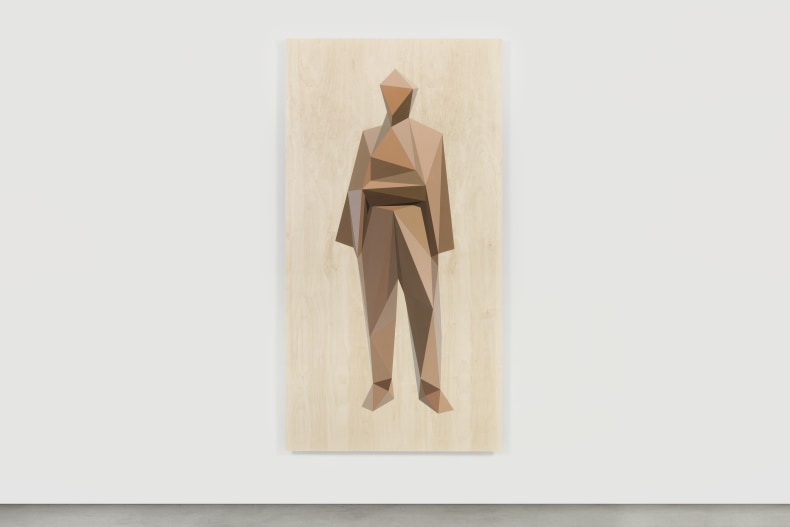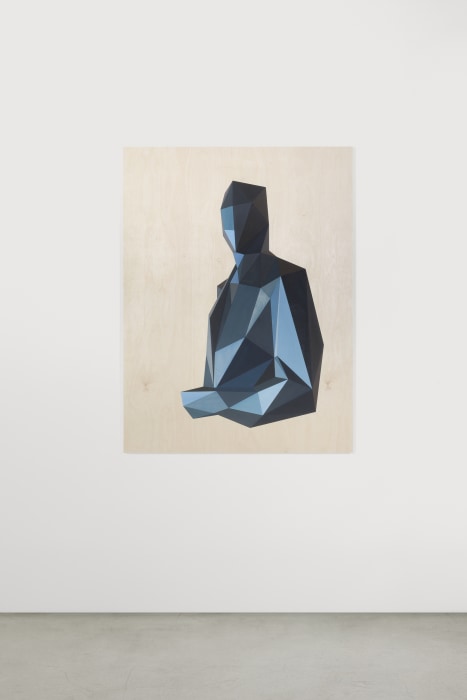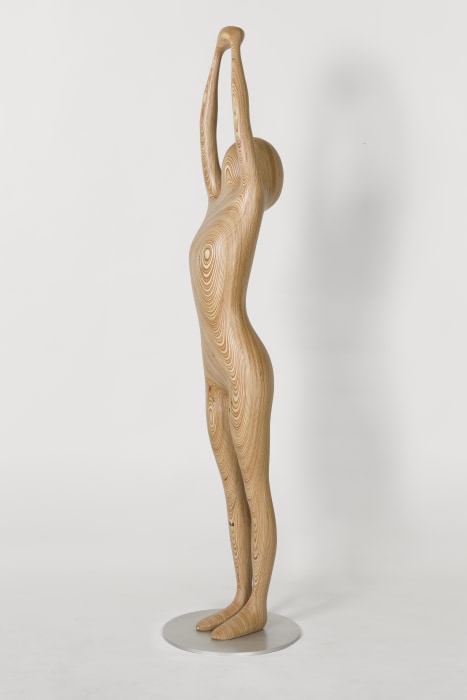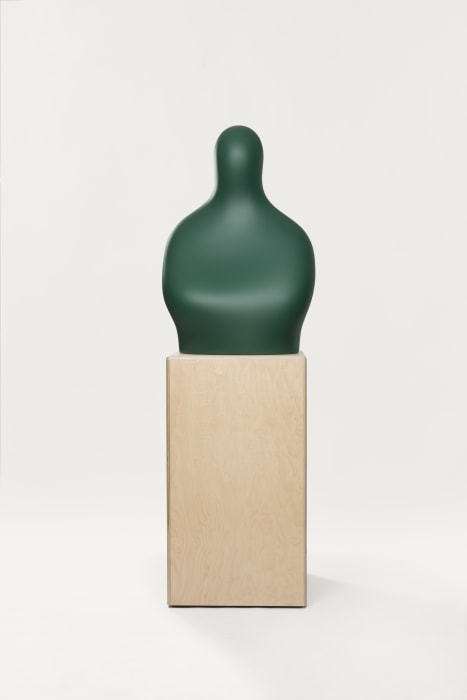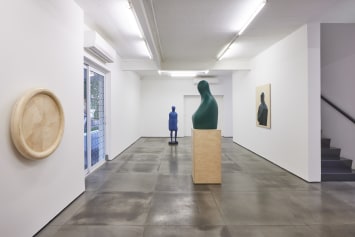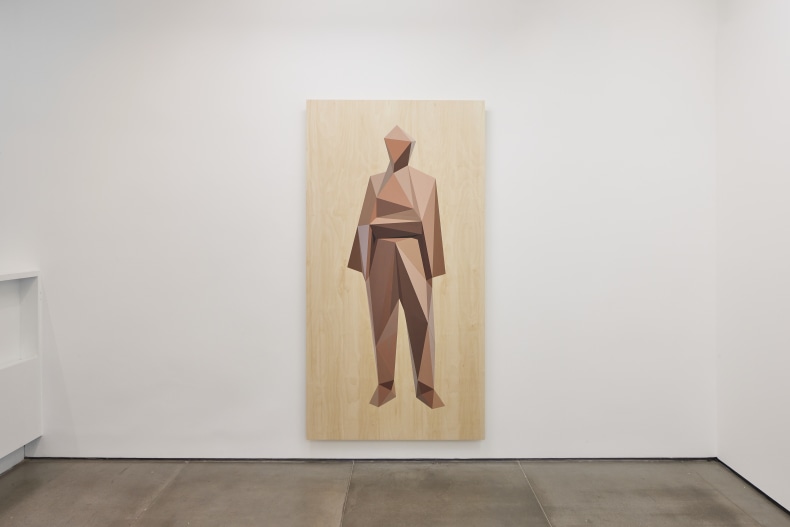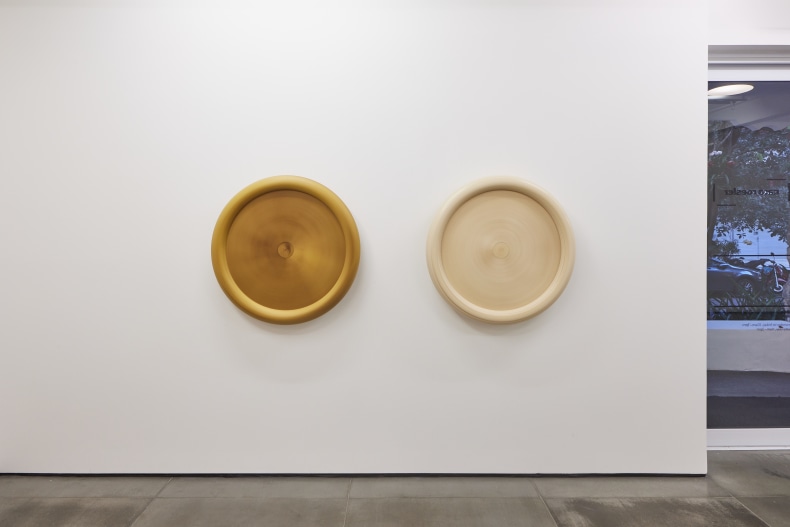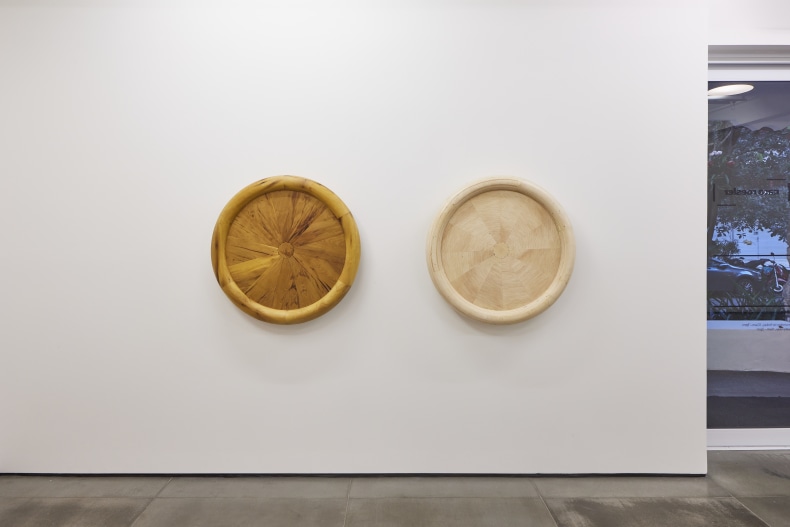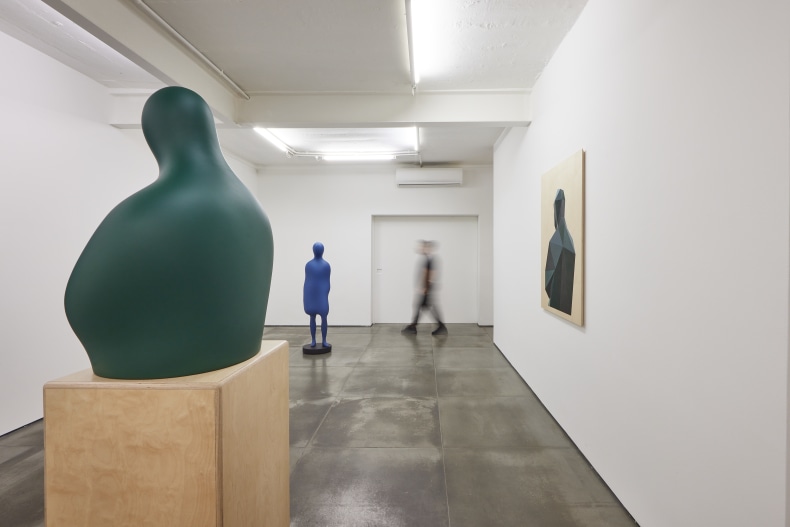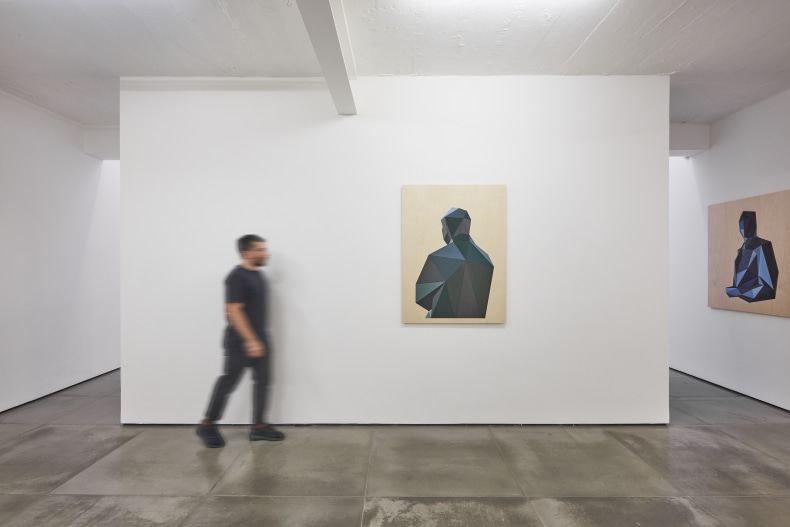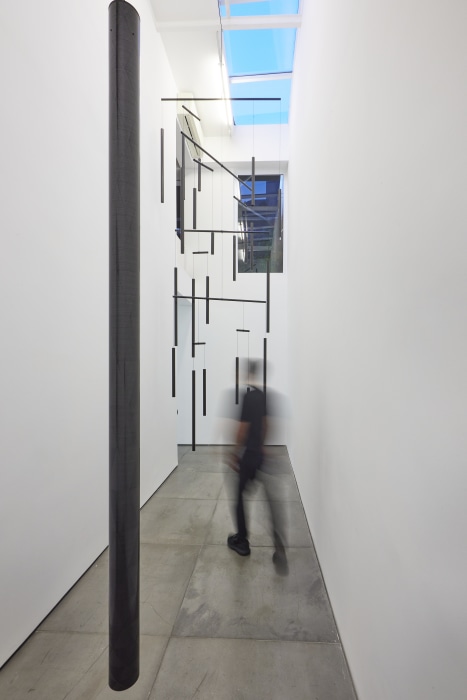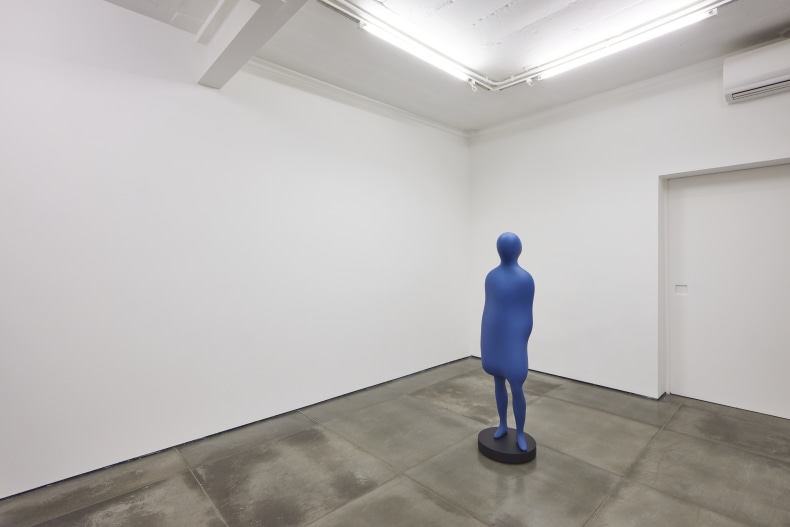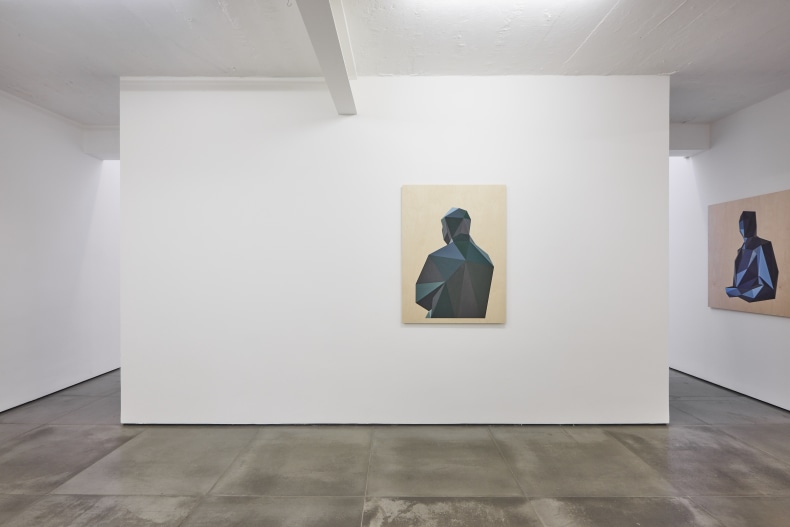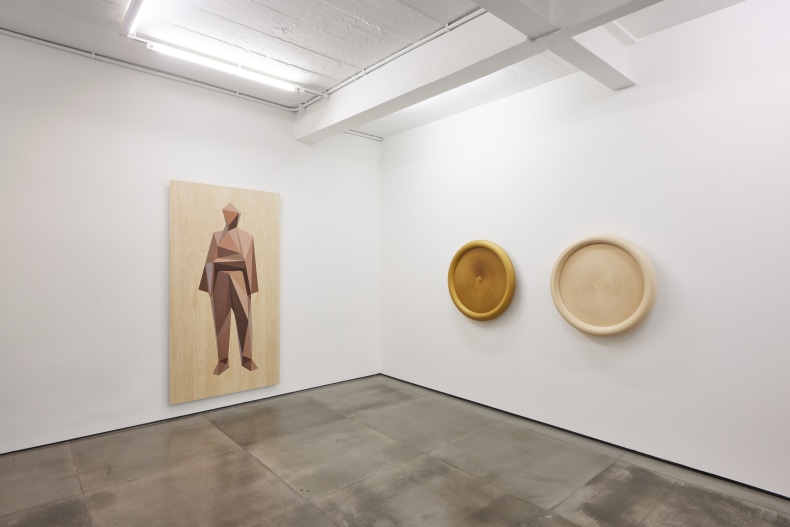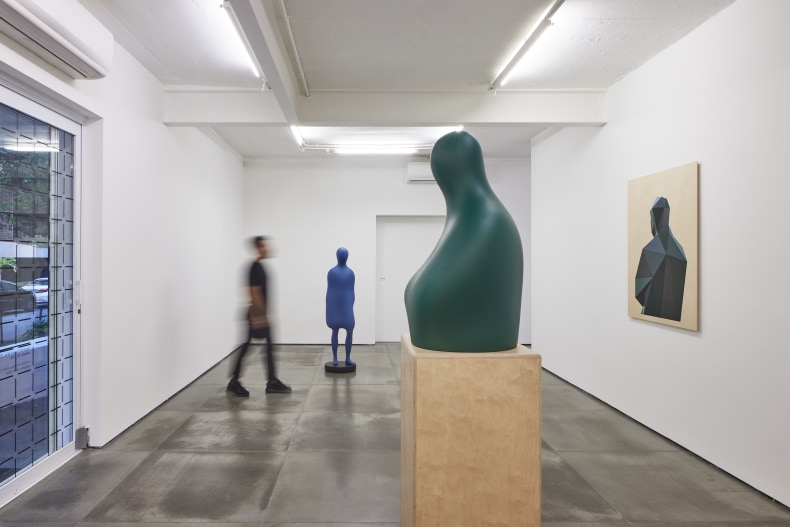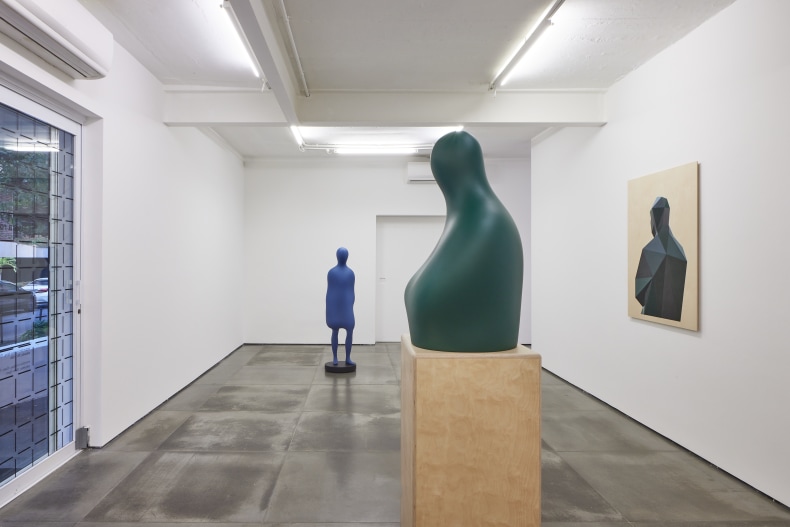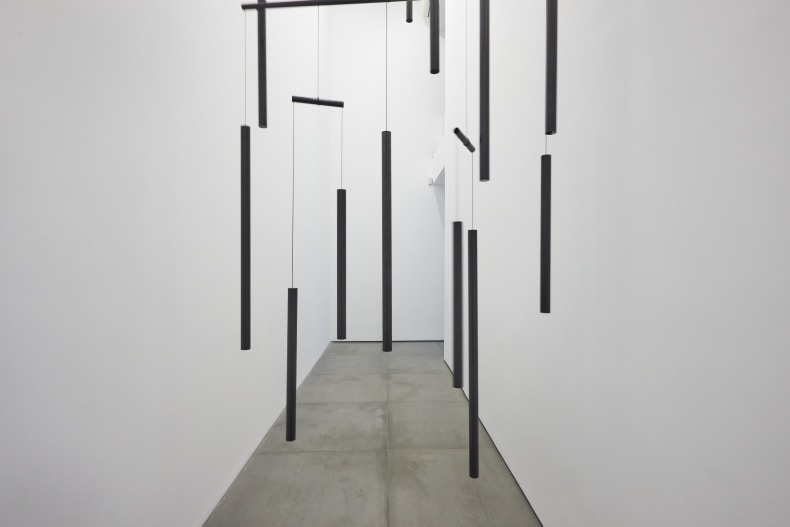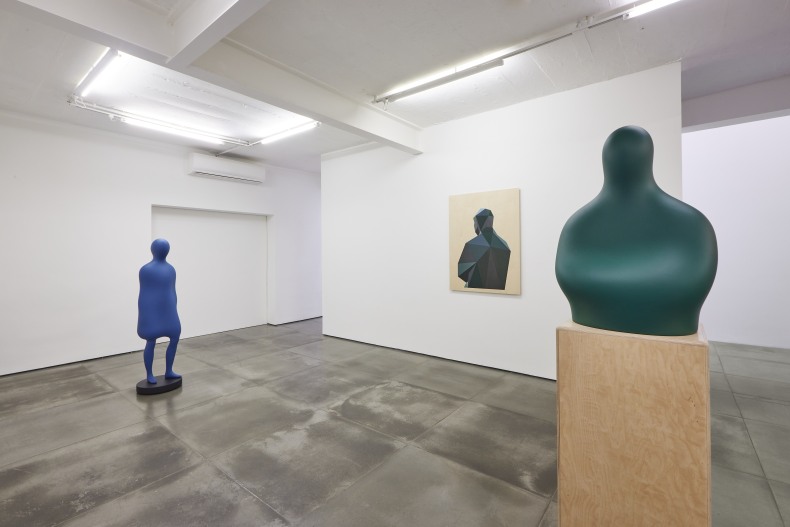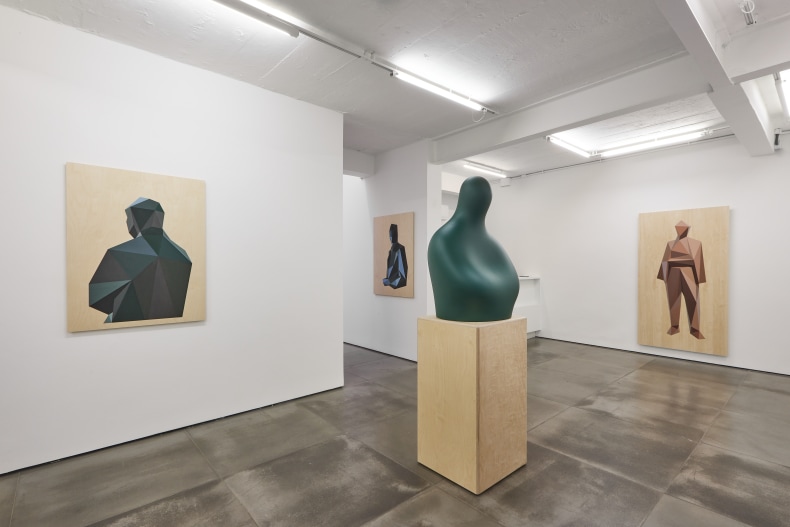Nara Roesler is pleased to present Xavier Veilhan's first solo show in Rio de Janeiro, opening to the public on September 10. The exhibition offers a unique opportunity to see all-new works by a leading figure in French contemporary art, highlighting how his work explores the realms of two and three dimensionality, as well as exploring his particular interest in creating spaces and contexts that alter the experience of space and the perception of time.
On September 12 at 7pm, the cinematheque at the Museum of Modern Art of Rio de Janeiro (MAM Rio) will host a screening, notably premiering Veilhan’s new short film titled, Le Film de l’Est, along with two other pieces by the artist, in dialogue with short-films by artists including Isabelle Cornaro, Carlos Adriano, Cris Miranda, Cao Guimaraes and Raul Mourao. The presentation will be followed by a conversation between Xavier Veilhan, participating local artists, and head curator Keyna Eleison.
Xavier Veilhan (b.1963, in Paris, France) is known for a body of work that ranges from sculpture, painting, installation, performance and video to photography. Integrating the collections of institutions such as the Centre Georges Pompidou, the Museum of Modern Art in Paris, and having represented France at the Venice Biennale in 2017, his work pays homage to the inventions and inventors of our time through artistic language that intertwines industry and art. For the artist, art is “a visual tool through which we must look to understand our past, present and future”.
In 2022, invited by Virginie Viard to create the visual universe of the last two seasons of Chanel Haute Couture shows in Paris, Veilhan developed an installation that combines virtual and physical spaces with monumental geometric sculptures, mobiles and sculptural ‘wheels’. The latter pieces which consist of circular kinetic sculptures made of wood, entwine the visual poetics of the mobile and of the Cocardes, which will be presented at Nara Roesler Rio de Janeiro alongside other works characteristic of his practice.
Veilhan also presents examples of his recent sculptural work, which is firmly rooted in the practice of portraiture. In this sense, famous personalities such as music producers Brian Eno, Quincy Jones, Rick Rubin and Tom Moulton, portrayed in the Producers series, or architects such as Le Corbusier and Richard Neutra for the Architectones project, as well as people close to the artist, such as close friends and studio assistants, give an emotional dimension to the work.
The process of making these figures incorporates traditional methods and materials combined with current technology. Veilhan scans the bodies of his subjects, to manipulate the image before its completion. Although the digital scan makes it possible to make a sculpture identical to the model, Veilhan operates, almost always, without the intention of achieving a faithful representation, but rather seeking to insert elements of the artificial, either through the geometry of the form, or by proposing effects that alter the viewer's natural vision of it.
In this sense, Veilhan uses a wide variety of materials in his practice, notably including silver, solid wood, plywood and mineral mortar. The latter was recently used by the artist in order to minimize the environmental impacts of his work, a concern that also led him to use non-polluting varnish in the finishing of several pieces.
Finally, the exhibition includes works from the Marqueteries series, which capture images based on photographs of the artist's faceted sculptures. According to the artist, the works capture a tension between representation and the existence of the image as an object. Referring to the technique of marquetry, Veilhan resorts to a formal approach in which he uses chromatic surfaces – some of them opaque, others with visible wood grains –, which fit together and create the illusion of three-dimensionality with an impressive blend of both craftsmanship and technology.
On the occasion of the exhibition, Brazilian artist Lucia Koch will interview Veilhan, addressing the similarities between their respective artistic approaches, which have architecture and space as guiding concepts in their practice.

